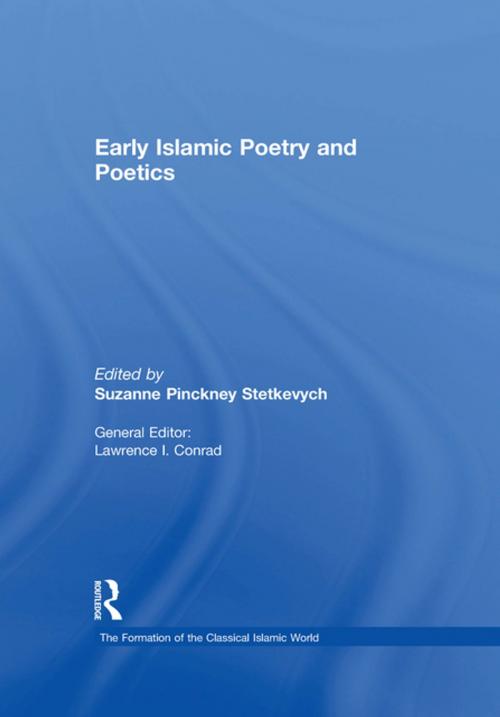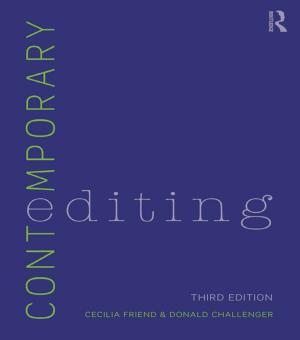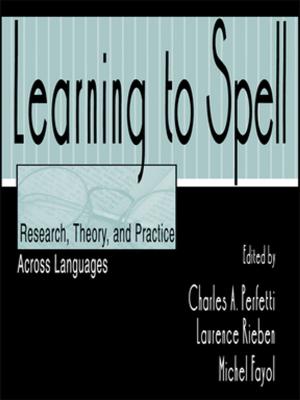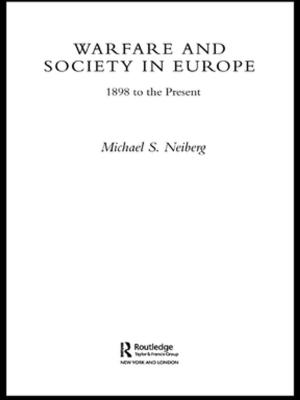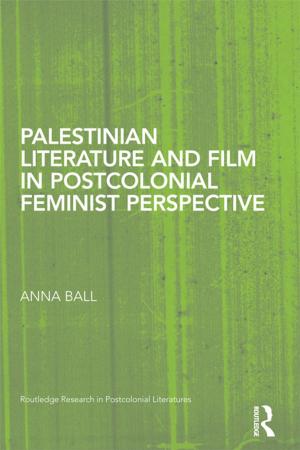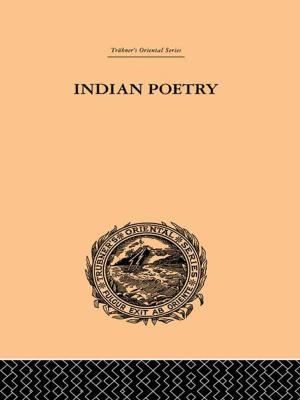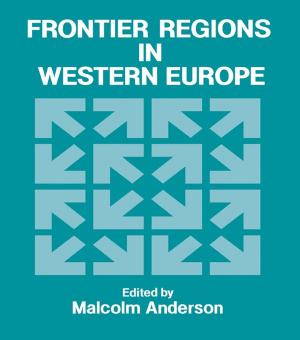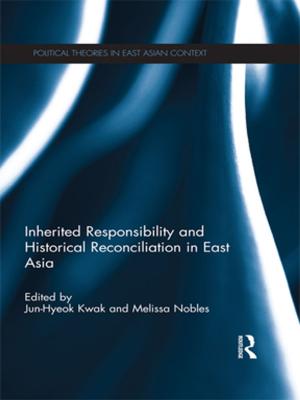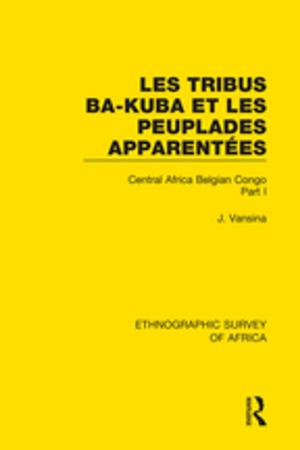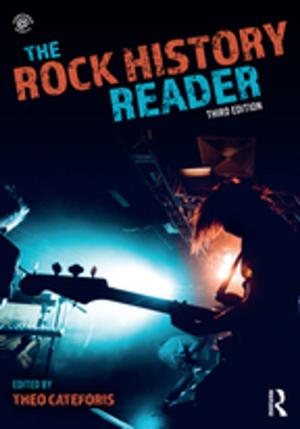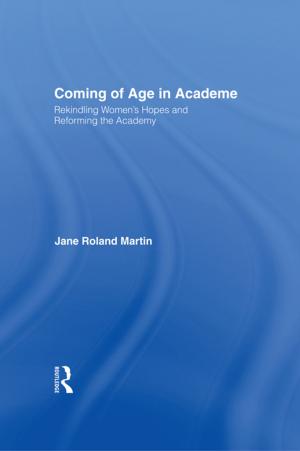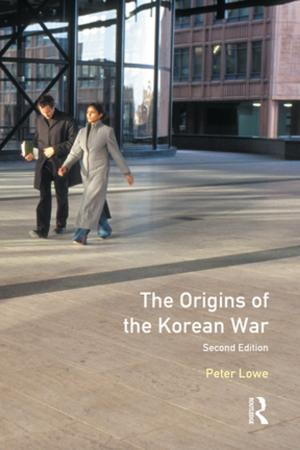| Author: | ISBN: | 9781351942553 | |
| Publisher: | Taylor and Francis | Publication: | May 15, 2017 |
| Imprint: | Routledge | Language: | English |
| Author: | |
| ISBN: | 9781351942553 |
| Publisher: | Taylor and Francis |
| Publication: | May 15, 2017 |
| Imprint: | Routledge |
| Language: | English |
This volume brings together a set of key studies on classical Arabic poetry (ca. 500-1000 C.E.), published over the last thirty-five years; the individual articles each deal with a different approach, period, genre, or theme. The major focus is on new interpretations of the form and function of the pre-eminent classical poetic genre, the polythematic qasida, or Arabic ode, particularly explorations of its ritual, ceremonial and performance dimensions. Other articles present the typology and genre characteristics of the short monothematic forms, especially the lyrical ghazal and the wine-poem. After thus setting out the full poetic genres and their structures, the volume turns in the remaining studies to the philological, rhetorical, stylistic and motival elements of classical Arabic poetry, in their etymological, symbolic, historical and comparatist dimensions. Suzanne Pinckney Stetkevych's Introduction places the articles within the context of the major critical and methodological trajectories of the field and in doing so demonstrates the increasing integration of Arabic literary studies into contemporary humanistic scholarship. The Selected Bibliography complements the Introduction and the Articles to offer the reader a full overview of the past generation of Western literary and critical scholarship on classical Arabic poetry.
This volume brings together a set of key studies on classical Arabic poetry (ca. 500-1000 C.E.), published over the last thirty-five years; the individual articles each deal with a different approach, period, genre, or theme. The major focus is on new interpretations of the form and function of the pre-eminent classical poetic genre, the polythematic qasida, or Arabic ode, particularly explorations of its ritual, ceremonial and performance dimensions. Other articles present the typology and genre characteristics of the short monothematic forms, especially the lyrical ghazal and the wine-poem. After thus setting out the full poetic genres and their structures, the volume turns in the remaining studies to the philological, rhetorical, stylistic and motival elements of classical Arabic poetry, in their etymological, symbolic, historical and comparatist dimensions. Suzanne Pinckney Stetkevych's Introduction places the articles within the context of the major critical and methodological trajectories of the field and in doing so demonstrates the increasing integration of Arabic literary studies into contemporary humanistic scholarship. The Selected Bibliography complements the Introduction and the Articles to offer the reader a full overview of the past generation of Western literary and critical scholarship on classical Arabic poetry.
